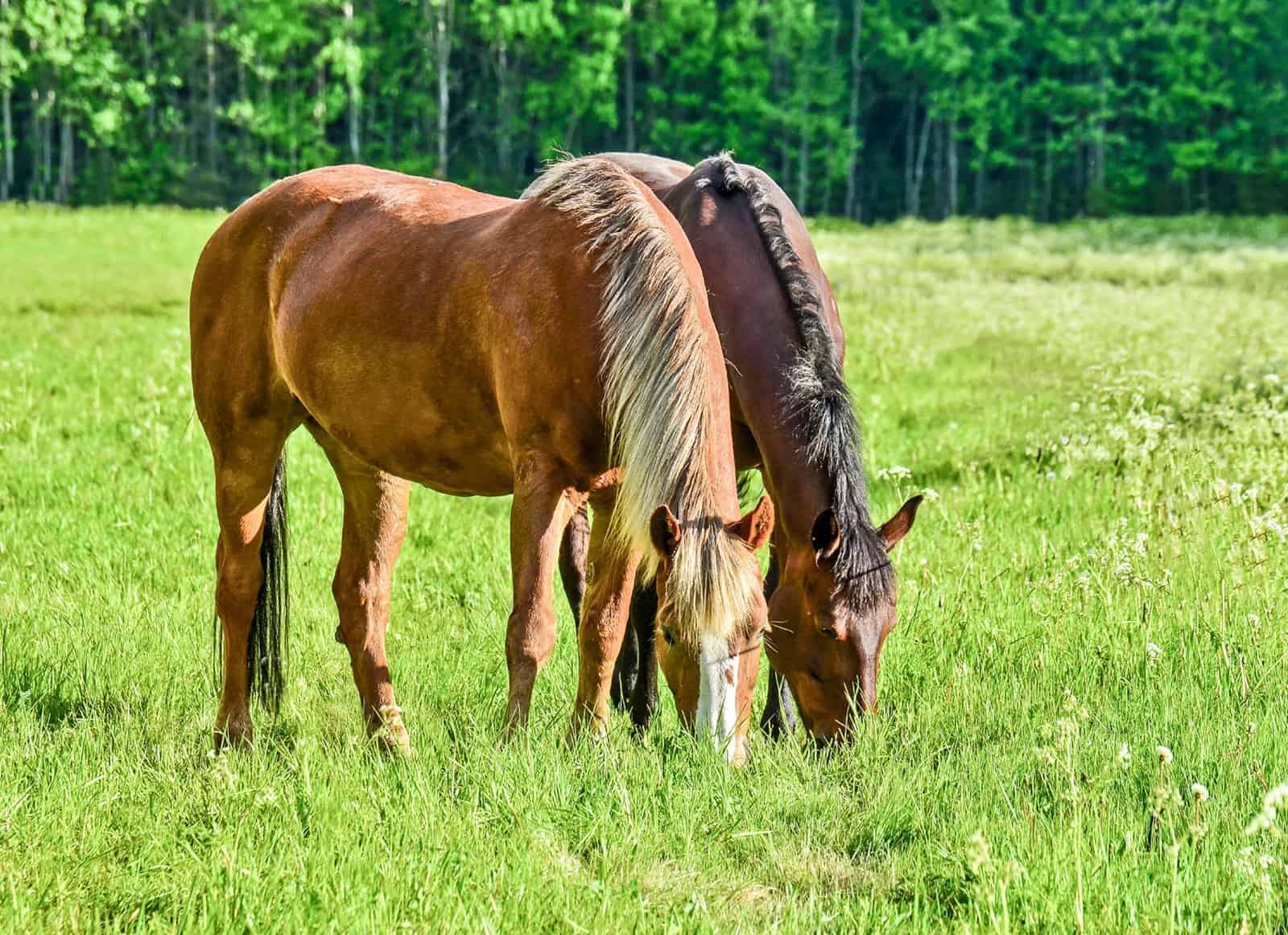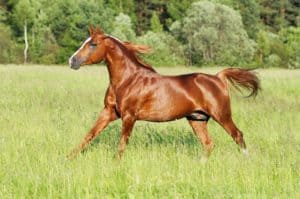Mineral of the Month: Cobalt
- Topics: Nutrition, Nutrition Basics, Vitamins & Minerals

Most of us will recognize bold cobalt blue, a common part of modern artists’ paint collections. This isn’t a new idea, however. In ancient times, artisans used the mineral cobalt (Co) to color glass, particularly that used in ancient Egyptian and Persian jewelry. Chinese artists also used it to produce blue pottery glazes. In 1730, a chemist determined that undesirable blue ores sometimes encountered in copper were actually the result of an unknown metal; the chemist dubbed this metal “kobalt,” a German term used by miners meaning goblin.
Cobalt’s presence in plant material was established well before it was found in animal tissues. Even then, the low concentrations at which Co appeared in animal tissues led to the conclusion that it was not biologically important. It wasn’t until 1935 that researchers showed that Co was an essential part of cattle and sheep diets. In those species low Co intakes were associated with “wasting disease,” which, as it were, was particularly prevalent ruminants grazing areas known to be Co-deficient. However, horses grazing these same areas reportedly did not showing any signs suggestive of a Co deficiency, which suggested that horses’ dietary requirements were being met by these same forages.
Today we know that Co is an essential part of vitamin B12, which plays a role in the amino acid and fatty acid metabolism as well as nervous system function, making it an important part of the equine diet. However, similar to the earlier observations, Co (or vitamin B12, for that matter) deficiency has never been reported in horses. As such, it appears that commonly fed feedstuffs are capable of meeting horses’ Co requirements
Create a free account with TheHorse.com to view this content.
TheHorse.com is home to thousands of free articles about horse health care. In order to access some of our exclusive free content, you must be signed into TheHorse.com.
Start your free account today!
Already have an account?
and continue reading.
Written by:
University of Kentucky College of Agriculture, Food and Environment
Related Articles
Stay on top of the most recent Horse Health news with












